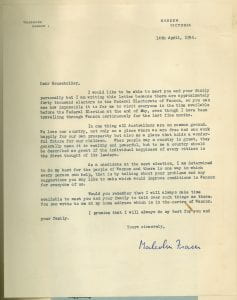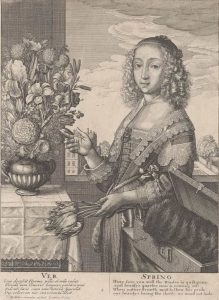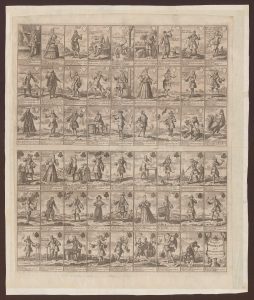“Bread & Butter issues” in the 1955 Wannon election: Malcolm Fraser and the Labor split
Timo Eckhardt

The Australian federal elections held on the December 10 1955 marked an important change in Australian politics that would endure for the next 23 years. The Labor party split into the Herbert Evatt Labor Party and the Robert Joshua Labor Party (Anti-Communist, and later called the Democratic Labor Party) This split dramatically divided votes for Labor politics and therefore rewarded a surging Liberal Party. Additionally this election marks the entry of John Malcolm Fraser into federal parliament and the start of a political trajectory that leads him to become one of the most iconic figures in Australian politics. Continue reading ““Bread & Butter issues” in the 1955 Wannon election: Malcolm Fraser and the Labor split”






